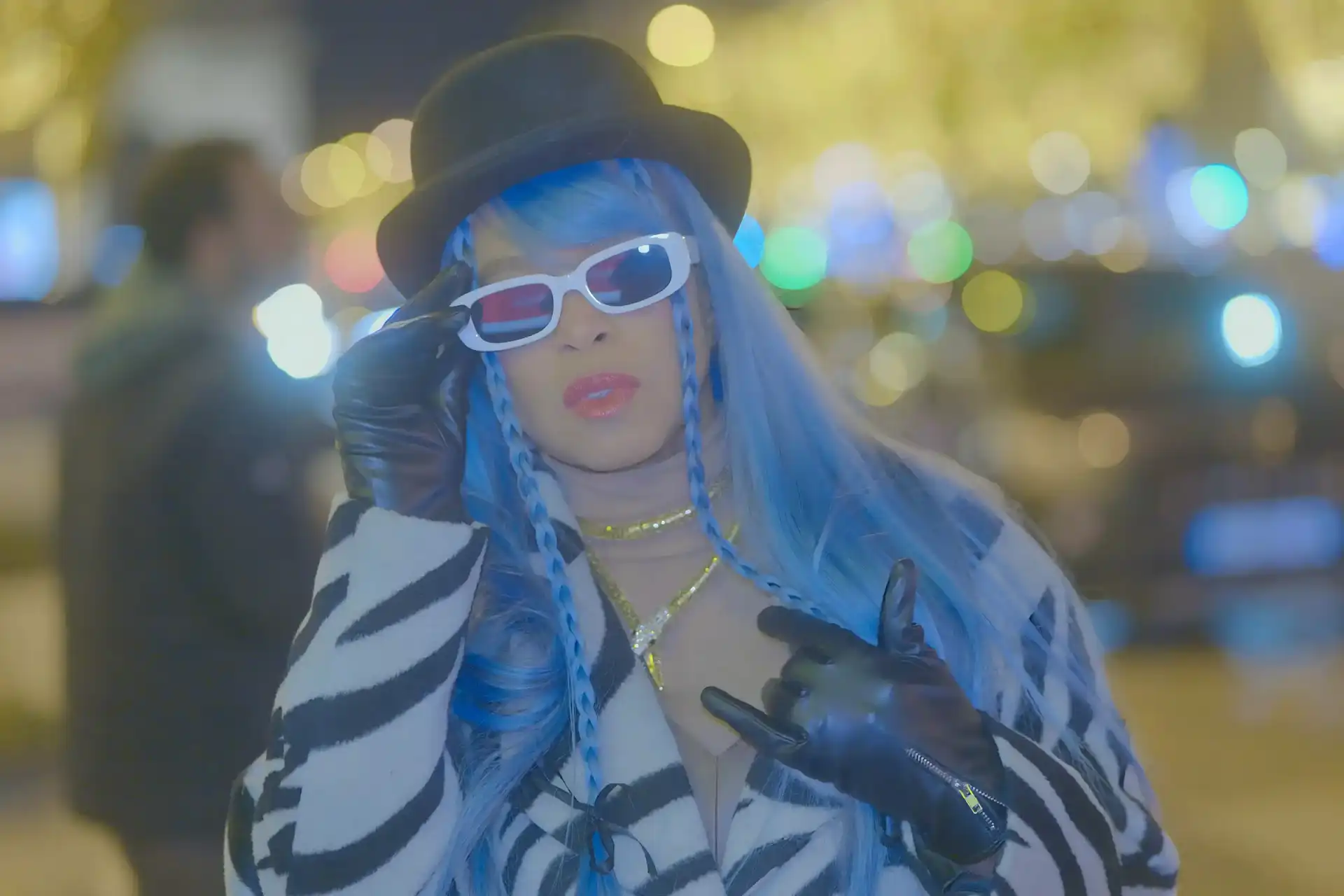Contemporary Melodies: A Global Tongue for the Modern Era
Contemporary Melodies: A Global Tongue for the Modern Era
Blog Article
The infectious rhythms and authentic copyright of pop music have a profound effect on our day-to-day routines, weaving with each other diverse musical practices to craft an audio that is both generally relatable and intricately layered.'s a contemporary hit or a precious old favorite continues to adjust and flourish, attracting individuals together through its shared emotional resonance. Its wide allure and comprehensive messages have cement its placement as, giving a soundtrack that transcends individual preferences and choices.
What constitutes pop music
Pop music is frequently viewed as the history to industrialism, defined not by certain styles or orchestration, yet by its mass appeal and industrial success. Its simpleness-- musically, thematically, and structurally-- allows it to attach deeply with a wide target market, distinguishing it from symphonic music's ins and outs and jazz's spontaneity. Pop music's availability establishes it aside from rock's edgier tones and individual's niche appeal, making it a unifying force with contagious grooves and stirring ballads. It reverberates on both personal and global levels.
What Constitutes a Pop?
Pop music describes popular songs that resonate with mainstream audiences, encompassing numerous designs that engage social, social, and political interests. The term "pop tune" come from 1926, showing that pop music evolves with audience choices, not confined to a single decade or design. Pop music is about mass charm and flexibility, converging with hip-hop, dance, and country music. It's crafted for vast allure, prioritizing commercialism over imaginative stability.

Origins of Pop Music
The term "pop music" arised in the 1950s in the U.S. and U.K., along with rock-and-roll. Early pop music grew with musicians like Elvis Presley, developing an audio that talked to the youth. This songs mirrored social adjustments, uniting diverse backgrounds post-WWII and leading the way for future mainstream expressions.
Advancement of Pop Music
Very early Beginnings
Pop music formed in the mid-20th century, influenced by jazz and modern pop. The 1920s jazz change presented impressive rhythms, causing musical experimentation and the development of numerous categories. By the 1950s, pop music grew, mixing jazz, blues, and other influences, marked by musicians like Elvis Presley and Chuck Berry. This duration saw pop music mirror cultural changes, unifying Americans and setting the stage for future mainstream expressions.
A Century of Progress and Growth
Pop music evolves rapidly, matching social adjustments and welcoming new modern technology.
The 1950s saw the emergence of jazz and legendary numbers like Elvis Presley and1960s ushered in the British Invasion and folk-rock combination, with fabulous acts like The Beatles and The Supremes0s were noted by the surge of nightclub, funk, and mellow rock, with ABBA and the Bee Gees among the standout musicians. The 1980s were identified by the importance of synthesizers and the effect of MTV, with path Jackson and Madonna pressing the limits of pop music. The 1990s saw the spreading of young boy bands, pop-rock, and hip-hop influences, with groups like NSYNC and artists like Mariah Carey attaining widespread success. The 2000s were specified by the advent of electronic songs and the extensive use of autotune, with celebrities like Britney Spears and Beyoncé preponderating.
Innovation has actually dramatically impacted pop music, altering manufacturing, circulation, and advertising and marketing. Synthesizers in the 1980s introduced new noises, and MTV transformed songs consumption. The 2000s saw digital downloads and platforms like iTunes reshape the sector. Streaming services like Spotify and social media sites democratized the sector, making it simpler for independent artists to break through.
Crucial Traits
Pop music is defined by its mass reach and link with mainstream audiences. It features memorable tunes, relatable lyrics, and danceable beats. Hooks are important, making sure tracks stick in listeners' minds. Lyrics are simple, concentrating on global experiences like love and broken heart. Rhythm is vital, with pop music usually including a 4/4 time and driving rhythm, perfect for playlists. Pop music's pliability allows it to mix categories, creating a noise that appeals to a wide target market.
Cultural Impact
Impact on Style and Fashions
Pop music and style are intertwined, with musicians frequently coming to be style influencers. Music videos and public appearances set fads, with legendary minutes like Madonna's "Like a Virgin" era and Billie Eilish's streetwear design reshaping style. Pop music determines youth society aesthetics, with trends moving quickly.
Role in Social Movements
Pop music addresses social and political problems, driving adjustment. Cds like Beyoncé's "Lemonade" and tunes like Michael Jackson's "We Are the World" highlight its function in advocacy. Pop music's reach makes it an effective tool for collective activity and driving social movements.
Worldwide Reach and Popularity
Pop music popcorn music's allure goes beyond language obstacles, with musicians like BTS proving its worldwide reach. International partnerships, such as "Despacito" by Luis Fonsi and Daddy Yankee featuring Justin Bieber, showcase its capability to join people worldwide.
Link to Youth Culture
Pop music is deeply personal for young people, reflecting their emotions and journeys. It functions as a soundtrack to life's vital moments, shaping culture and driving social modification with events like Coachella and Lollapalooza.
The Importance of Pop Music
The worldwide influence of pop music is profound, establishing the tone for style, creativity, and technology, while going beyond cultural limits and promoting a sense experience. By doing so, it plays a unifying people with each other through its global As a major force in the show business, pop music fuels a rewarding in income from online occasions, top quality products, and online engagement. Furthermore, it acts as a cultural barometer, recording the significance of the times and affecting the program of social evolution.
Final thought
Pop music's staying power depends on its ability to reverberate, relocate people, and stay current. With its transmittable rhythms, relatable verses, and varied audios, it touches all facets of life. Whether finding brand-new tracks or taking another look at old favorites, pop music remains to involve and captivate target markets worldwide.
Report this page